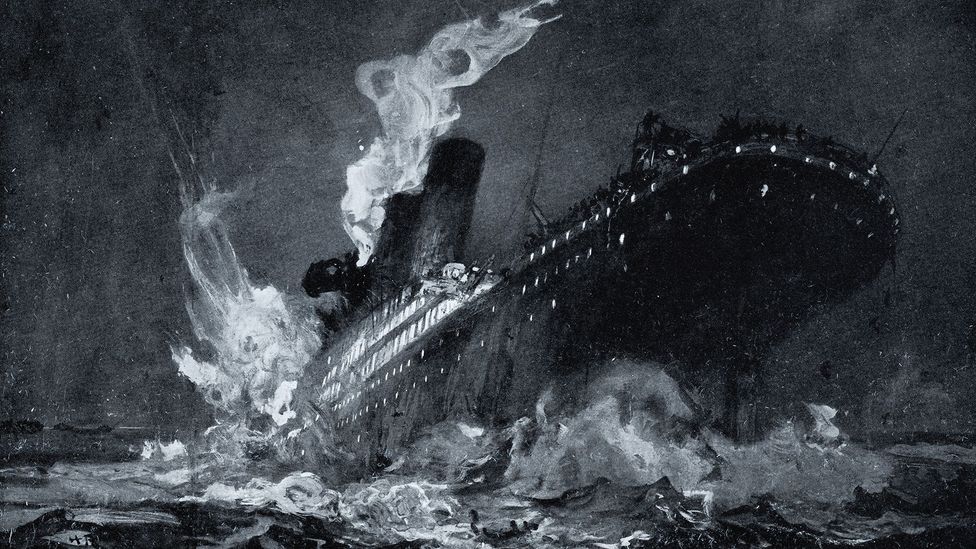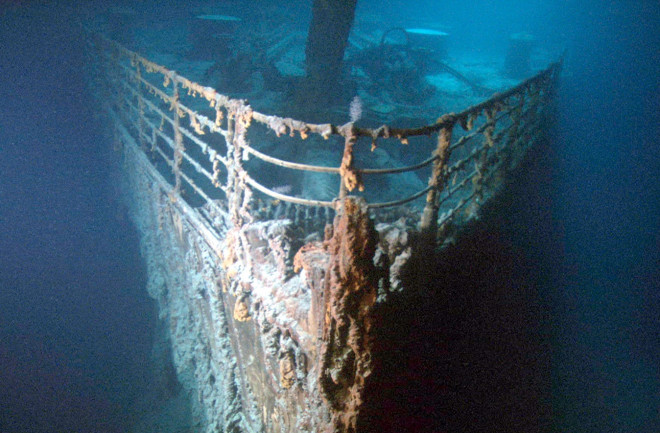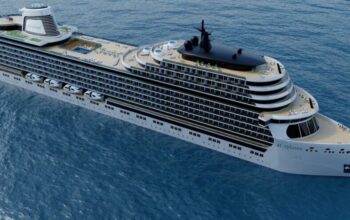Seventy-three years after it sank to the North Atlantic ocean floor, a joint U.S.-French expedition locates the wreck of the RMS Titanic. The sunken liner was about 400 miles east of Newfoundland in the North Atlantic, some 13,000 feet below the surface.

Efforts to locate and salvage the Titanic began almost immediately after it sank. But technical limitations—as well as the sheer vastness of the North Atlantic search area—made it extremely difficult. American oceanographer and former Navy officer Robert D. Ballard, who was based out of the Woods Hole Oceanographic Institution in Massachusetts, led his first search expedition in 1977, which was unsuccessful.
In 1985, along with French oceanographer Jean-Louis Michel, Ballard again set out to locate the wreck, this time with an experimental, unmanned submersible called the Argo, developed by the U.S. Navy. The Argo traveled just above the ocean floor, sending photographs up to the research vessel Knorr. In the early morning of September 1, Argo was investigating debris on the ocean floor when it suddenly passed over one of the Titanic‘s massive boilers, lying at a depth of about 13,000 feet.
The next day, the body of the ship was discovered nearby. It had split in two, but many of its features and interiors were remarkably well-preserved. Hundreds of thousands of bits of debris were scattered in a 2-square-mile radius around the ship. Read more from History.
Subscribe here






